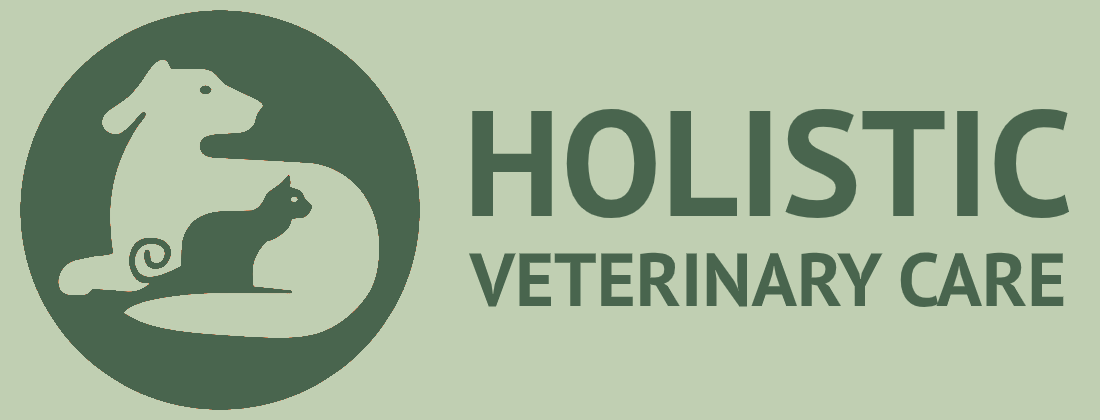Ozone Therapy
Ozone and other oxygen therapies have been used for over 100 years around the world for human and animal healing. Currently, ozone therapy and hyperbaric treatments, which bring easily soluble oxygen to target tissues, are being proven effective for treating viruses, fungi and bacteria, and for general health improvement anytime there is inflammation and damaged tissue.
[The following information has been adapted from “Ozone Therapy in the Veterinary Practice” by Dr. Margo Roman, https://ivcjournal.com/ozone-therapy-in-the-veterinary-practice/]
How it works
Ozone contains three oxygen atoms, which react in the tissue as it breaks down to ordinary oxygen (O2) and a reactive singlet oxygen molecule that can combine with chemicals and other molecules. Free from side effects, this is an extremely safe therapy that works in a number of ways by:
Decreasing inflammation. When you have inflammation, swelling, bruising, infection, cancer and trauma to the tissue, there are higher amounts of carbon dioxide within the tissue. This increase of carbon dioxide contributes to inflammation and pain. Increasing the amount of oxygen delivered to the tissue in the form of reactive ozone decreases inflammation, pain and swelling, and helps increase healing.
Activating the immune system. Ozone therapy has also been shown to activate the immune system by stimulating cytokine production. Cytokines are “messenger cells”, such as interferons and interleukins, which “set off a cascade reaction of positive changes throughout the immune system.”(t). Ozone also promotes the production of glutathione peroxidase, catalase, reductase and super-oxide dismutase, the enzymes forming the cell wall coating; thereby enhancing cellular immunity.
Inactivating bacteria, viruses, fungi, yeast and protozoa. Healthy cells are surrounded by an enzyme coating, which ozone does not penetrate, but bacteria and viruses have no such coatings. Ozone therapy disrupts the integrity of the bacterial cell envelope through oxidation of the phospholipids and lipoproteins (peroxidation). In viruses, this peroxidation disrupts the reproductive cycle and damages the viral capsid. In fungi, ozone inhibits cell growth. Consider chronic otitis, which often has multiple organisms as primary or secondary invaders; this explains the efficacy of ozone treatment.
Administration options
Since ozone helps with the healing of any problem, it can be added to any treatment protocol.
Percolate into saline fluids to be used as a flush (decreases inflammation and pain) to wounds, bladder, rectum, ear, nose, mouth; enema; IV or SQ fluids to be absorbed through the capillaries of the subcutaneous tissue.
Percolate through olive oil with or without essential oils for the skin.
As a gas via a catheter, internally, or by sealing a wounded area in a bag (old fluid bags work well). It will be absorbed through the caudal rectal vein.
Injected as a gas into joints with a prolotherapy injection (prolozone). Human study1 showed efficacy in pain relief for many conditions.
Ozone Therapy Uses
Any time there are infections or inflammation, tissue damage or abnormal cellular proliferation, ozone can be use to support treatments, conventional or holistic. A few examples are:
Skin – wounds, especially degloving ones and deep abrasions; hot spots; pyodermas; allergic dermatitis; abscesses
Pain relief
Head trauma, spinal cord inflammation–ozone and oxygen go through the blood/brain barrier so it is an excellent way to aid treatment of any neurological issue
Chronic and acute Lyme disease
Mouth–stomatitis, gingivitis, abscesses; ozone therapy is ADA-approved for dental abscesses
Cancer and autoimmune problems
Ears – chronic and acute otitis from bacteria or yeast; aural hematomas
Eyes – infections and allergic reactions
Upper respiratory ailments
Potentiates acupuncture, homeopathy and chiropractic treatments as it brings more needed oxygen to the body
GI tract – constipation, diarrhea, IBS (decreases inflammation)
Equine infectious anemia

